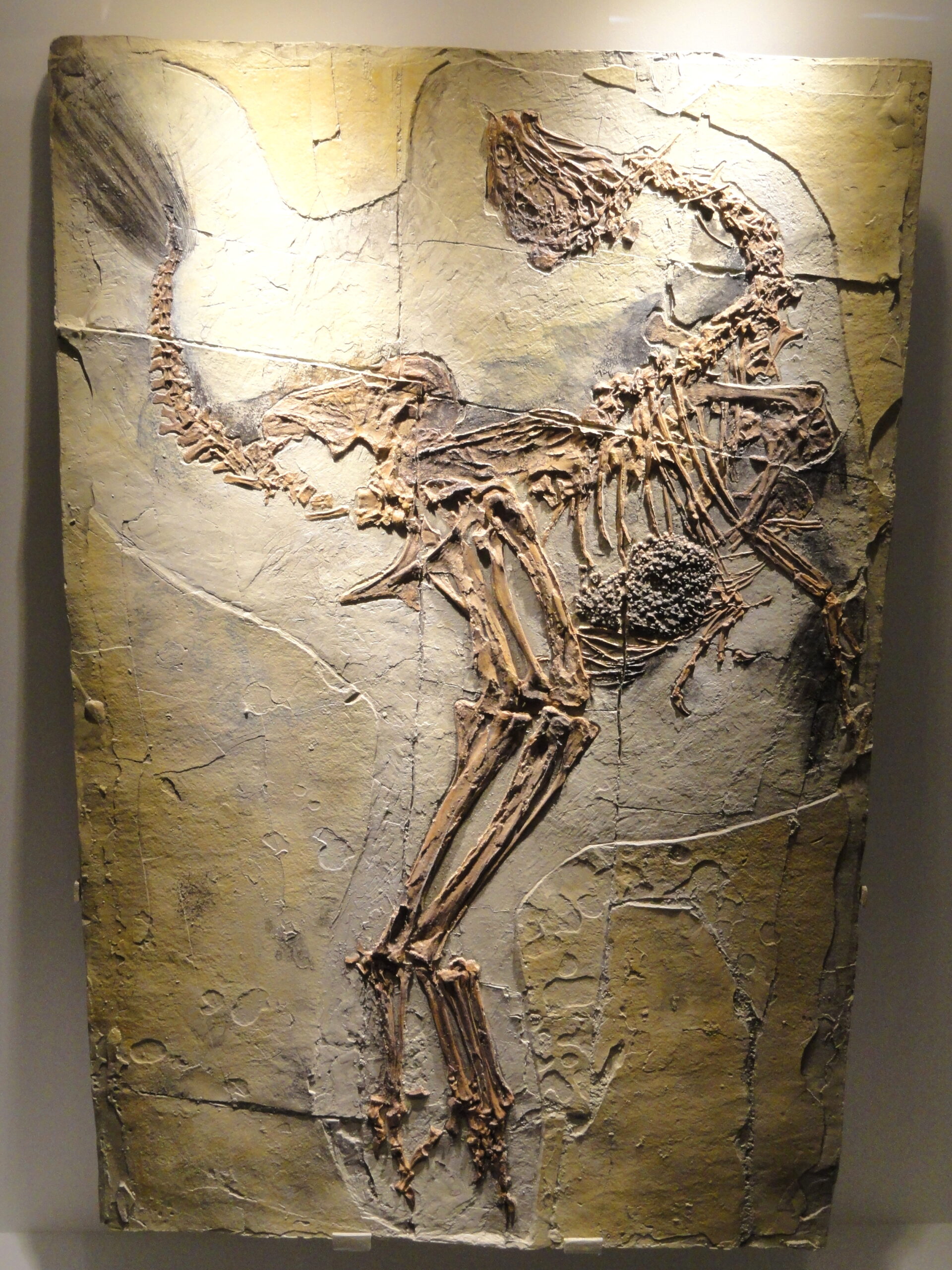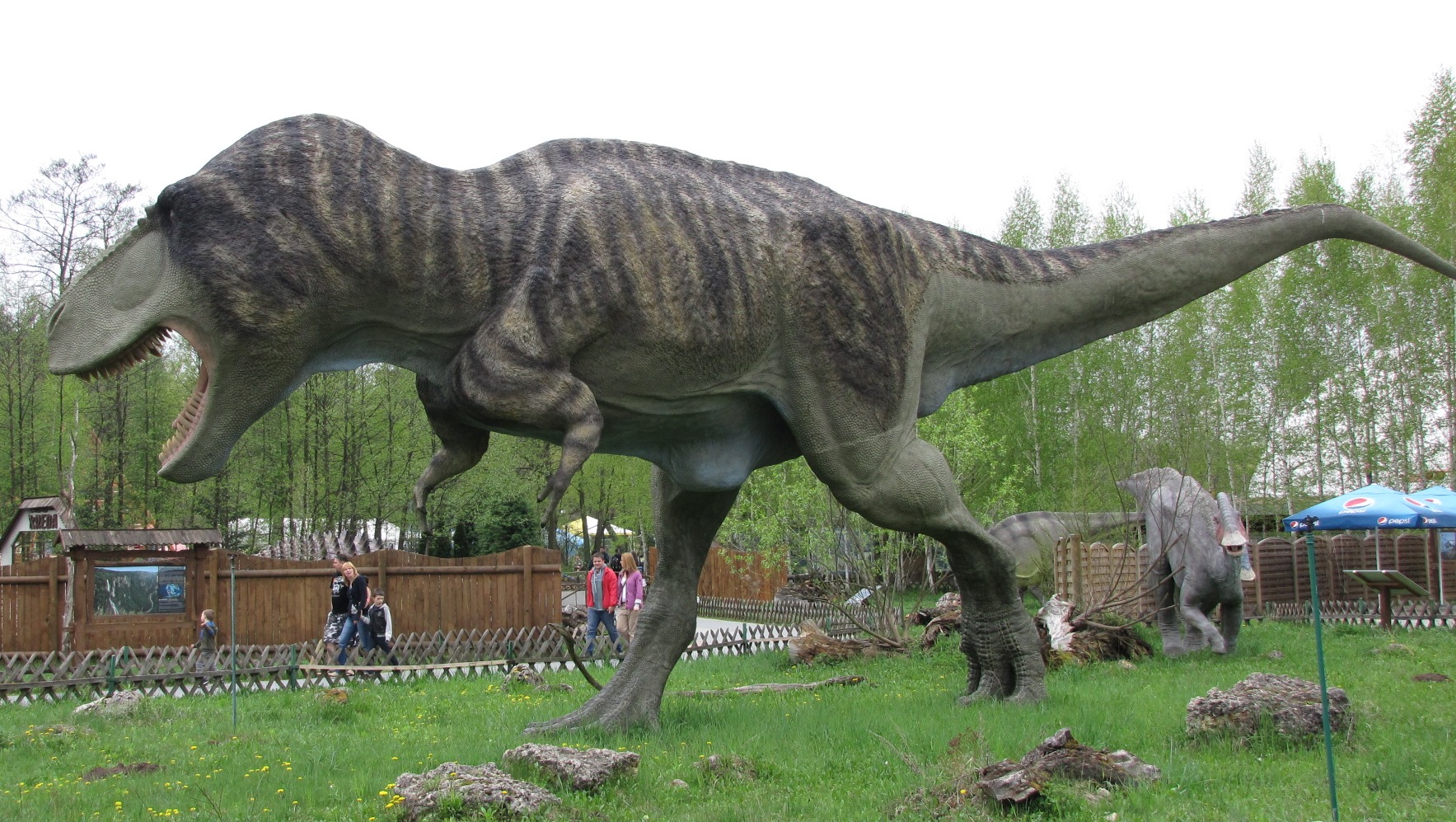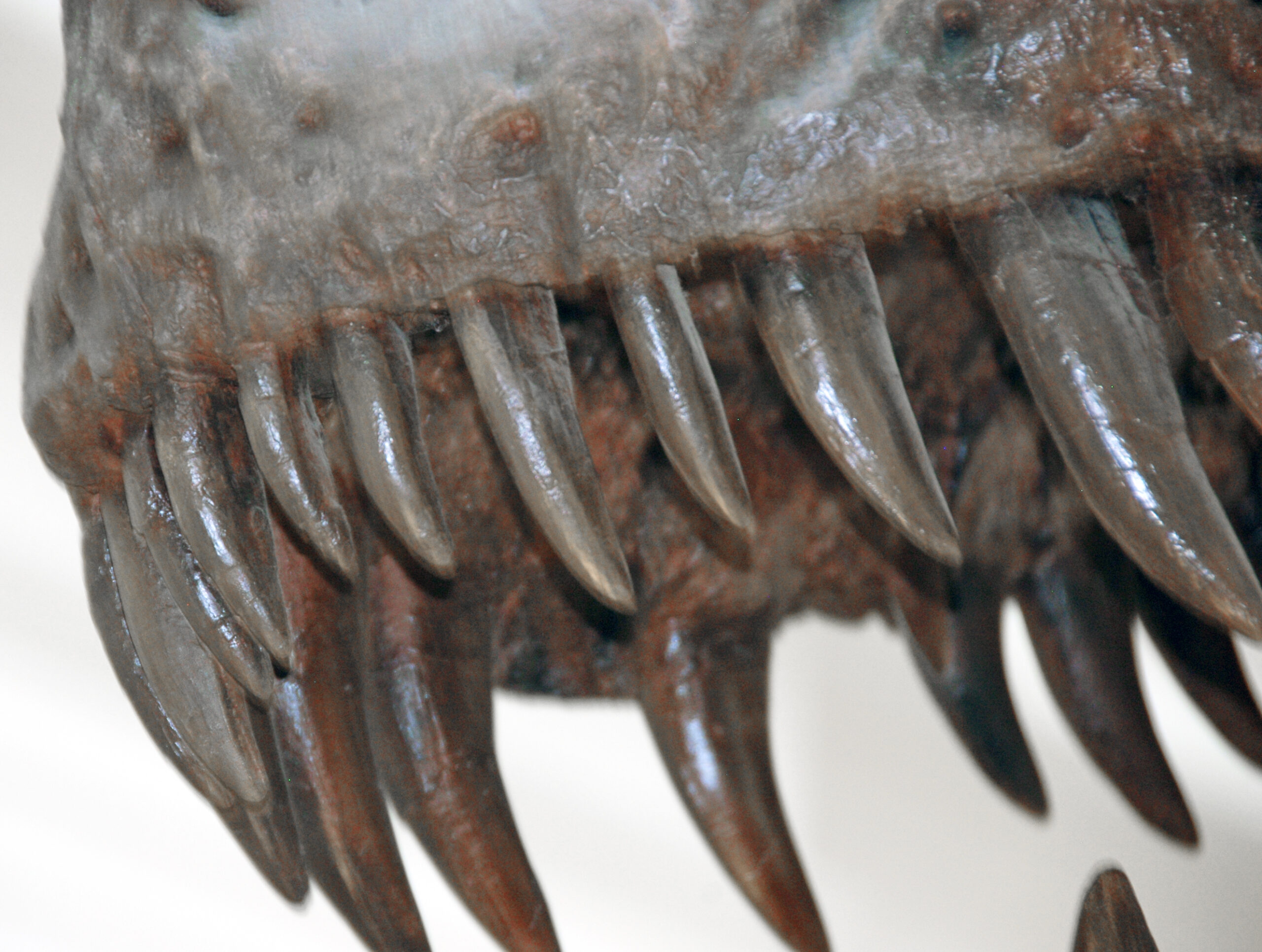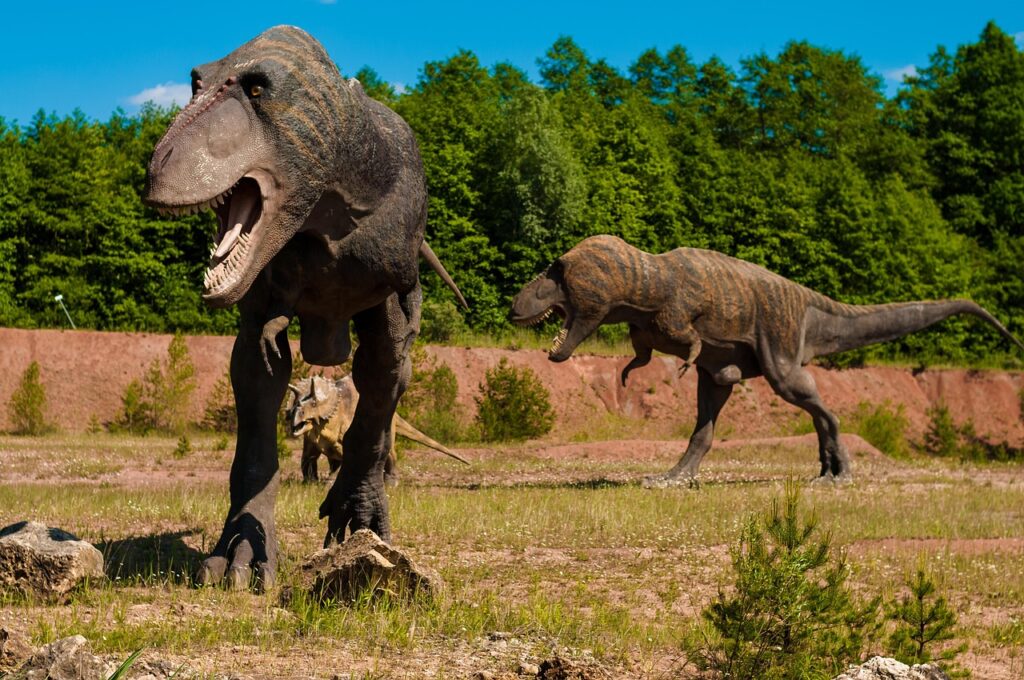Picture this: you’re walking through a museum, approaching the towering skeletal remains of Tyrannosaurus rex. But instead of imagining the familiar scaly, reptilian beast from Hollywood movies, your mind conjures something entirely different—a massive predator covered in vibrant feathers, strutting through ancient forests like a colossal, terrifying bird. This isn’t science fiction anymore. Recent discoveries have turned our understanding of the most famous dinosaur upside down, revealing that the king of the dinosaurs might have been far more colorful and feathered than we ever imagined.
The Feathered Revolution in Paleontology
The discovery of feathered dinosaurs has completely transformed paleontology over the past three decades. What started as a handful of unusual fossils from China has exploded into a revolution that’s rewriting textbooks worldwide. Scientists have uncovered evidence of feathers in dozens of dinosaur species, from tiny bird-like creatures to massive predators.
The first breakthrough came in 1996 with Sinosauropteryx, a small dinosaur found with primitive feather-like structures preserved in remarkable detail. This discovery sent shockwaves through the scientific community, challenging everything we thought we knew about dinosaur appearance. Since then, researchers have identified feathered dinosaurs across multiple continents, painting a picture of a prehistoric world far more colorful and diverse than previously imagined.
Why Feathers Made Perfect Sense for T. rex

When you think about it logically, feathers would have been incredibly advantageous for a creature like T. rex. These massive predators lived in environments that could be surprisingly cold, especially during winter months or in higher latitudes. Feathers would have provided essential insulation for maintaining body temperature in a creature weighing up to 9 tons.
Consider how modern birds use feathers for thermoregulation—they fluff them up when cold and compress them when warm. A feathered T. rex would have had similar temperature control abilities, giving it a significant survival advantage. Additionally, feathers could have played crucial roles in display behaviors, helping these apex predators communicate dominance, attract mates, or intimidate rivals through vibrant colors and patterns.
The Evolutionary Timeline: From Scales to Feathers
The transition from scales to feathers didn’t happen overnight—it was a gradual process spanning millions of years. Early dinosaurs likely had simple, hair-like structures called protofeathers, which were primarily used for insulation. Over time, these evolved into more complex structures with branching patterns similar to modern bird feathers.
T. rex existed during the late Cretaceous period, about 68 to 66 million years ago, placing it well within the timeline when feathers had already evolved in many dinosaur lineages. Its close relatives, including smaller tyrannosaurs like Yutyrannus, have been found with direct evidence of feathers, strongly suggesting that T. rex inherited this trait. The fossil record shows a clear progression from simple filaments to complex feathers across different dinosaur species.
Fossil Evidence: What the Bones Tell Us

While we haven’t found a T. rex fossil with preserved feathers, the evidence is compelling when we look at the bigger picture. Yutyrannus huali, discovered in China, was a tyrannosaur weighing about 1.5 tons and covered in primitive feathers. This discovery was groundbreaking because it showed that even large tyrannosaurs could have feathers, not just small bird-like dinosaurs.
The fossil preservation required for feathers is extremely rare, occurring only under very specific conditions involving fine sediments and rapid burial. Most T. rex fossils come from environments where such delicate preservation wasn’t possible. However, the phylogenetic evidence—studying the evolutionary relationships between species—strongly suggests that feathers were a shared trait among tyrannosaurs, including T. rex.
The Color Palette of Ancient Predators

Scientists have made remarkable advances in determining the colors of extinct dinosaurs by analyzing fossilized melanosomes—tiny structures that contain pigments. These microscopic capsules can preserve for millions of years, allowing researchers to reconstruct the actual colors and patterns of ancient creatures. The results have been nothing short of spectacular.
Some feathered dinosaurs displayed iridescent blacks and blues, similar to modern ravens or grackles. Others showed rusty reds, vibrant oranges, and even striped patterns. If T. rex had feathers, it might have displayed warning colors like modern poisonous animals, or perhaps earth tones for camouflage while hunting. The possibilities are endless and far more exciting than the drab brown and green colorations typically shown in movies.
Thermoregulation: The Primary Purpose
The most compelling argument for feathered T. rex centers on thermoregulation. These enormous predators faced a significant challenge: how to maintain optimal body temperature in a body that could weigh as much as a modern elephant. Large animals tend to retain heat more effectively than small ones, but they also need efficient ways to cool down when necessary.
Feathers would have provided the perfect solution, acting like a sophisticated climate control system. During cold periods, T. rex could have fluffed its feathers to trap warm air close to its body. When temperatures rose, it could have compressed its feathers or even engaged in behaviors like panting or seeking shade. Modern birds demonstrate these exact same thermoregulatory strategies, making it highly likely that feathered dinosaurs used similar techniques.
Display Behaviors and Social Signaling
Beyond temperature control, feathers would have opened up entirely new possibilities for T. rex social behavior. Modern birds use their plumage for incredibly sophisticated communication, from attracting mates to establishing territory boundaries. A feathered T. rex might have engaged in elaborate courtship displays, showing off colorful plumage to potential partners.
Imagine two massive T. rex facing off over territory, not just roaring and baring teeth, but also displaying vibrant feathers in threatening postures. These displays could have helped resolve conflicts without dangerous physical confrontations, similar to how modern birds use their plumage to communicate. The possibilities for complex social behaviors increase dramatically when you add feathers to the equation.
The Hollywood Myth vs. Scientific Reality

Movies like Jurassic Park have ingrained a very specific image of T. rex in our collective consciousness: scaly, reptilian, and distinctly lizard-like. This portrayal made sense given the scientific understanding of the 1990s, but it’s increasingly outdated. The film industry has been slow to adapt to new scientific discoveries, preferring familiar, scary-looking dinosaurs over scientifically accurate ones.
The reality is that a feathered T. rex would have been far more terrifying than any movie monster. Picture a 40-foot-long predator with powerful legs, massive jaws, and a coat of potentially vibrant feathers that could ruffle and bristle when angry. The combination of raw power and bird-like characteristics would have created something truly unique and formidable in the animal kingdom.
How Feathers Affected Hunting Strategies
Feathers would have significantly impacted how T. rex hunted and moved through its environment. The added insulation would have allowed these predators to remain active during cooler periods when their prey might have been less alert. Many modern predators take advantage of dawn and dusk hunting opportunities, and a feathered T. rex could have extended these windows.
Additionally, feathers might have provided some sound dampening, allowing these massive predators to move more quietly through forests. While it’s hard to imagine a 9-ton animal being stealthy, every advantage counts when hunting. The feathers could have also helped break up the animal’s silhouette, providing a form of camouflage that made it more effective at ambush hunting.
Baby T. rex: Fluffy and Adorable Killers

One of the most fascinating aspects of feathered T. rex is imagining what the babies would have looked like. Young tyrannosaurs would have been covered in fluffy, downy feathers for insulation, much like modern bird chicks. These “teenage” T. rex would have been roughly the size of large dogs but covered in soft, potentially colorful plumage.
As they grew, their feathers would have changed and developed, possibly becoming more elaborate and specialized for display as they reached sexual maturity. The transformation from fluffy juvenile to massive, intimidating adult would have been remarkable to witness. This developmental process would have been similar to how modern birds molt and change their plumage as they mature.
Climate and Environmental Factors
The late Cretaceous period, when T. rex lived, was generally warmer than today, but it still experienced seasonal variations and regional climate differences. In northern regions or during cooler periods, feathers would have been essential for survival. Even in warmer climates, the ability to regulate temperature precisely would have provided significant advantages.
The environment was also much more forested than many people imagine, with dense woodlands providing cover for both predators and prey. Feathers would have been particularly useful in these environments, helping T. rex blend in with dappled sunlight and shadows. The combination of climate needs and environmental pressures makes a strong case for feathered tyrannosaurs.
Modern Birds: Living Dinosaurs with Lessons

Today’s birds are literally living dinosaurs, having evolved from theropod dinosaurs very similar to T. rex. By studying modern birds, we can gain valuable insights into how feathered dinosaurs might have behaved and functioned. Large flightless birds like ostriches and emus provide particularly relevant examples of how feathers work on substantial, terrestrial animals.
Ostriches use their feathers for thermoregulation, display, and even sound production during mating rituals. They can fluff their feathers when cold or compress them when warm, demonstrating the sophisticated temperature control that feathers provide. These modern examples give us a glimpse into how T. rex might have used its feathers for similar purposes.
The Future of Dinosaur Research
New discoveries continue to reshape our understanding of dinosaur appearance and behavior. Advanced imaging techniques, improved fossil preservation methods, and sophisticated analysis of microscopic structures are revealing details we never thought possible. Each new find adds another piece to the puzzle of what these ancient creatures really looked like.
Scientists are now able to analyze fossilized proteins, examine cellular structures, and even reconstruct ancient DNA in some cases. These technologies are opening up entirely new avenues for understanding dinosaur biology. The next decade promises even more revolutionary discoveries that will continue to transform our perception of these magnificent creatures.
Reimagining the King of Dinosaurs
The evidence for feathered T. rex represents more than just a cosmetic change—it’s a fundamental shift in how we understand these apex predators. Feathers would have made them more sophisticated, more adaptable, and arguably more successful than the scaly monsters of popular imagination. They were not just overgrown lizards but complex, potentially colorful creatures with advanced behavioral capabilities.
This new understanding makes T. rex even more fascinating than before. Instead of a simple brute force predator, we’re looking at an animal that combined devastating power with sophisticated biology. The king of dinosaurs wasn’t just about size and teeth—it was about evolutionary innovation and adaptation. What seemed like the ultimate predator becomes even more impressive when you add millions of years of feathered evolution to the mix.
The next time you see a T. rex skeleton in a museum, try to imagine it covered in vibrant feathers, capable of complex behaviors and sophisticated thermoregulation. That’s not just scientifically accurate—it’s far more amazing than any Hollywood monster could ever be. Who knew that adding feathers to the most fearsome predator in Earth’s history would make it even more incredible?




